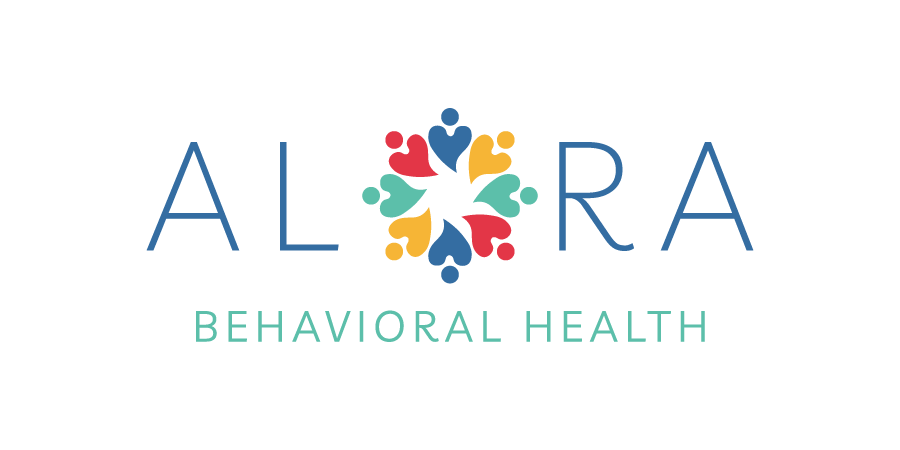Communication is a key part of how children connect, learn, and express themselves. When a child is not meeting expected milestones in speech or language, it can raise understandable concern for parents and caregivers. Communication delays are common and often vary widely in type and severity. Knowing what to look for and how to respond can help families take proactive steps toward support and development.
What Are Communication Delays?
Communication delays occur when a child is not developing speech and language skills at the expected rate for their age. These delays can affect different areas:
- Expressive language (using words or gestures to express needs and thoughts)
- Receptive language (understanding what others say)
- Social communication (using language in social contexts, such as taking turns or making eye contact)
A delay may involve just one area or multiple aspects of communication. It’s important to remember that every child develops at their own pace, but persistent differences from typical milestones may signal the need for further evaluation.
Signs to Watch For
Recognizing the early signs of a communication delay can help families seek support as early as possible. Some signs include:
- Not babbling by 12 months
- Limited use of gestures like pointing or waving
- Difficulty understanding simple directions
- Few or no words by age 2
- Trouble combining words into phrases by age 3
- Limited eye contact or social interaction during conversations
While these signs don’t always mean there’s a serious issue, they are good indicators for when to consult a professional.
Causes and Contributing Factors
Communication delays can stem from a variety of causes. Some children may experience delays due to hearing issues, neurological differences, developmental disorders such as autism spectrum disorder, or general speech-language delays without a specific diagnosis.
It’s also important to consider environmental factors, such as limited exposure to verbal interaction or multiple languages being spoken in the home. Every child’s situation is different, and a thorough assessment can help determine the cause.
The Role of Early Intervention
Early intervention services play a critical role in supporting children with communication delays. Speech-language pathologists (SLPs) and behavior analysts often work with families to build communication skills in a developmentally appropriate way. Applied Behavior Analysis (ABA) therapy may also be included to support communication in children with autism or related needs.
The earlier a child receives support, the better the chances of improving outcomes in language, social development, and confidence. Parents don’t need a formal diagnosis to begin exploring early intervention services—a concern alone can be enough to start the process.
What Parents Can Do
If you suspect a communication delay, start by speaking with your child’s pediatrician. From there, they may recommend a hearing screening or a referral to a speech-language pathologist for a comprehensive evaluation.
At home, parents can:
- Engage in regular, face-to-face conversations with their child
- Use simple, clear language
- Narrate daily activities and describe objects
- Encourage turn-taking and imitation through play
- Celebrate attempts at communication, even if they’re not perfect
Consistency, encouragement, and patience go a long way in supporting communication growth.
A Positive and Supportive Outlook
Learning that your child may have a communication delay can be stressful, but it’s also an opportunity to discover the support and tools that can help them thrive. With early identification, tailored interventions, and family involvement, many children with communication delays make meaningful progress.
Understanding communication delays starts with awareness, followed by action. When families are informed and supported, they can help their child grow with confidence in their voice and interactions.
